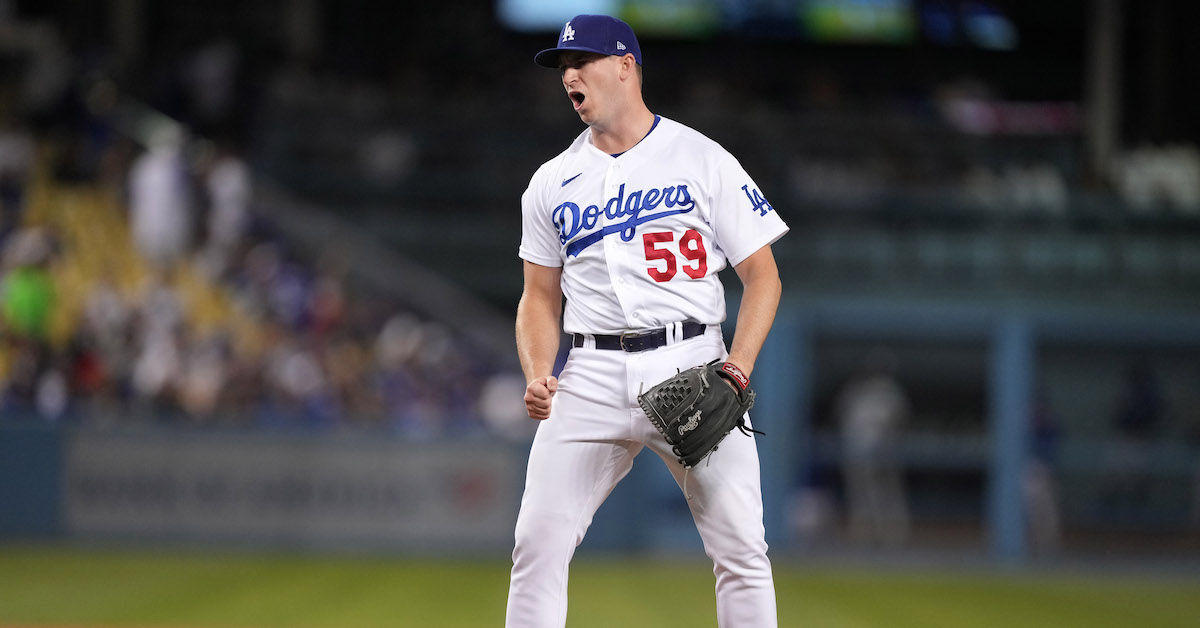Effectively Wild Episode 1899: The Crapper Flapper Wrapper Yapper

Ben Lindbergh and Meg Rowley banter about a baseball (and softball) toilet flapper, discuss (13:32) the continued excellence of Aaron Judge and Shohei Ohtani (and the benefits of celebrating both instead of elevating one over the other), follow up on the Angels’ shutouts, Mike Trout’s post-injury rebound, the MLBPA’s effort to unionize minor leaguers (38:09), players whose homer totals matched their uniform numbers (46:25), César Hernández’s homers (47:38), Dallas Keuchel’s disastrous denouement (51:14), the Frontier League’s record-setting Empire State Greys (57:38), the variability of check-swing strike call rates (1:00:27), Yankee Stadium’s noise level (1:04:16), and a playoff-seeding quirk’s potential for tanking (1:13:05), followed by additional discussion on Zac Gallen’s scoreless streak (1:22:01) and Joe Maddon’s thoughts on analytics and managing (1:26:35), plus a Past Blast from 1899 (1:46:42) and a few closing thoughts (1:50:30).
Audio intro: The Lumineers, “Flapper Girl”
Audio outro: The Long Blondes, “You Could Have Both”
Link to flapper wrapper photo
Link to Korky flapper page
Link to Hugh Laurie “Corky” montage
Link to article on Clemens and Ohtani
Link to article on Ohtani’s autograph
Link to team shutout leaders
Link to Russell on Ohtani’s WAR
Link to final Frontier League standings
Link to Greys interview episode
Link to lowest pro winning percentages
Link to Evan’s unionization update
Link to list of highest ERAs (min. 60 IP)
Link to Bill James on grounder longevity
Link to Rob Neyer’s response to James
Link to @would_it_dong for Hernández
Link to video of Hernández’s HR
Link to article on Hernández’s HR
Link to Stat Blast on Hernández
Link to Craig Finn tweet
Link to Rob Mains on playoff seeding
Link to Joe Sheehan on playoff seeding
Link to Dan Szymborski on Gallen
Link to Michael Ajeto on Gallen
Link to team OAA leaderboard
Link to “OAA behind pitcher” leaderboard
Link to Maddon’s comments
Link to Richard Hershberger’s Strike Four
Link to 1899 story source
Link to Richard Garner primate research
Link to Barzun baseball essay
![]() Sponsor Us on Patreon
Sponsor Us on Patreon
![]() Subscribe to Stathead (Code: WILD20)
Subscribe to Stathead (Code: WILD20)
![]() Facebook Group
Facebook Group
![]() Twitter Account
Twitter Account
![]() EW Subreddit
EW Subreddit
![]() Effectively Wild Wiki
Effectively Wild Wiki
![]() iTunes Feed (Please rate and review us!)
iTunes Feed (Please rate and review us!)
![]() Get Our Merch!
Get Our Merch!
![]() Email Us: podcast@fangraphs.com
Email Us: podcast@fangraphs.com
Podcast (effectively-wild): Play in new window | Download
Subscribe: RSS






